Modesto’s Jim Gain, in addition to being among the Valley’s most accomplished naturalists, is also one of our finest wildlife and nature photographers. A member of the Stanislaus Audubon Society’s Board of Directors, Gain has been documenting bird life in the Valley for over thirty years. Over the decades, he’s been especially drawn to Del Puerto Canyon, in part because its diverse habitats almost always offer wonder, and frequently produce a surprise. We’re proud to offer a small selection of Jim’s spectacular images from Del Puerto Canyon.
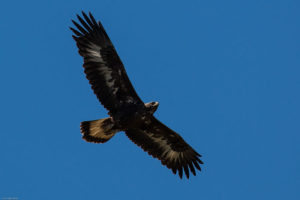
Probably the best argument against damming Del Puerto Canyon is based on its fragile geology; the site where the dam would be built is seismically unstable, on a fault line, and has frequent landslides and slumps. Located above and just west of the City of Patterson, the canyon would seem an unlikely site for a dam, given the volatile nature of the landscape.
The canyon itself has long been a relatively unpublicized gem for nature lovers, including geologists, fossil hunters, herpetologists, botanists and biologists. Long famous for its spectacular variety of wildflowers, Del Puerto Canyon has also been a favored destination for birders for decades.
The Valley’s varied ecosystems host a diverse array of bird species, including montane specialties like Stellar’s Jays, Hairy Woodpeckers, and visiting Townsend’s Solitaires near the canyon’s top, along with species more typical of the arid south, including Costa’s Hummingbirds and Roadrunners in the lower parts.
Del Puerto Canyon is an essential section of one of the National Audubon Society’s Important Bird Areas, so chosen because of their importance to diverse species of birds. The area has one of the highest concentrations of Golden Eagles in the American west, as well as a host of other raptors, including Bald Eagles, Prairie Falcons, Red-tailed and Swainson’s Hawks, and several species of owls.
Del Puerto birds by Jim Gain
Del Puerto Creek flows through the canyon seasonally and hosts riparian and wetland bird species including Yellow-breasted Chats, Green Herons, and Black-headed Grosbeaks. Bullock’s Orioles are common in the willows and cottonwoods along the creek in spring and summer.
Over the years, local birders have documented several unusual migrants through the canyon, including Black Swifts, Blackpoll Warbler, and Evening Grosbeak. There are also some reliable records of Chestnut-backed Chickadee, a species far more typical west of the Diablo Range.
Wildflowers, abundant in spring blooms, include Wooly and Indian Paintbrush, California Golden Poppies, Mount Hamilton Thistle, Brewer’s Clarkia, and many, many more.
Del Puerto Wildflowers by Jim Gain
Because of its unusual geology and variety of distinct ecosystems, Del Puerto Canyon has had tremendous educational value for both professional and amateur scientists and biologists. Any changes or alterations in the canyon should recognize its tremendous value as an irreplaceable part the Valley’s natural and cultural history.
The California Environmental Quality Act (CEQA), requires that major projects like dams investigate alternate sites before settling on one in particular. Given what we know about dams and the instability of the proposed Del Puerto site, there’s little question there are safer places to put one. An even better idea is to follow the advice of expert hydrologists like Modesto’s Vance Kennedy, and begin storing our water in underground aquifers.
Our region has many suitable alternate locations for storing water. Using a more appropriate site would preserve Del Puerto’s unique cultural and natural history, while avoiding a very likely calamity should a dam fail after being built on unstable ground.
*Birds in the slide show include: Hairy Woodpecker, Northern Pygmy Owl, Townsend’s Warbler, Red-breasted Nuthatch, Common Poorwill
*Wildflowers in slide show include: Blazing Star, Clarkia, Mount Hamilton Thistle, Wallflower
More of Jim’s images from Del Puerto Canyon are here: https://jimgain.smugmug.com/Del-Puerto-Canyon-Images/

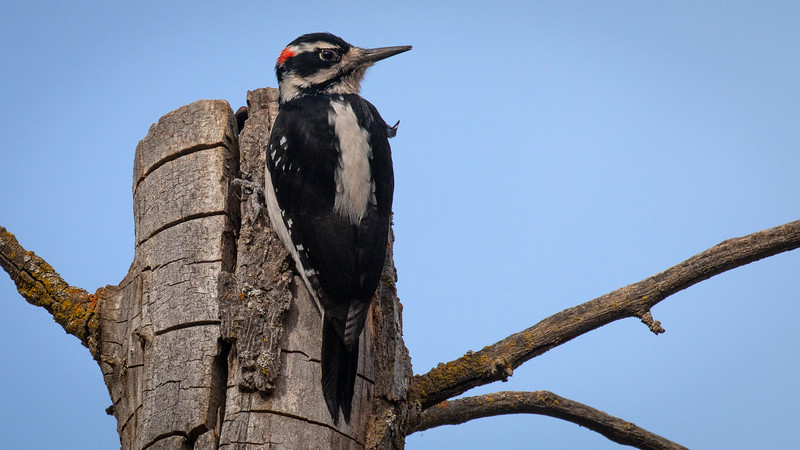
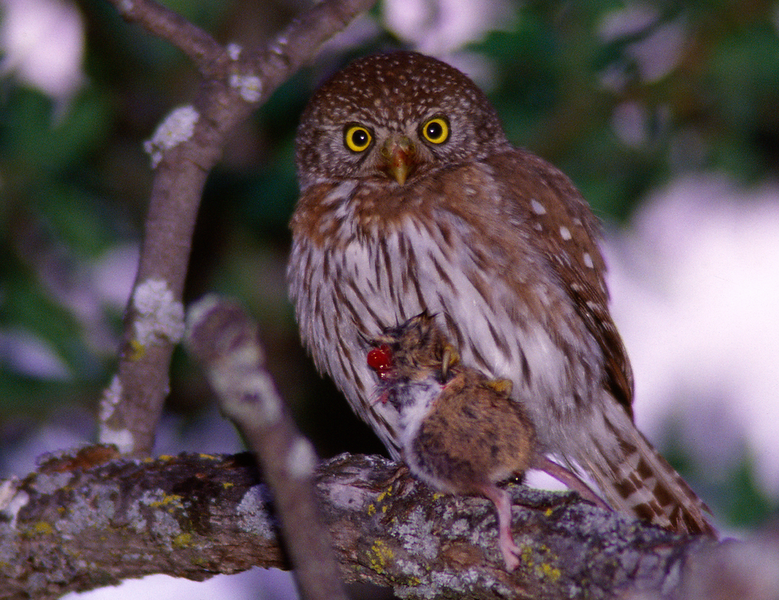
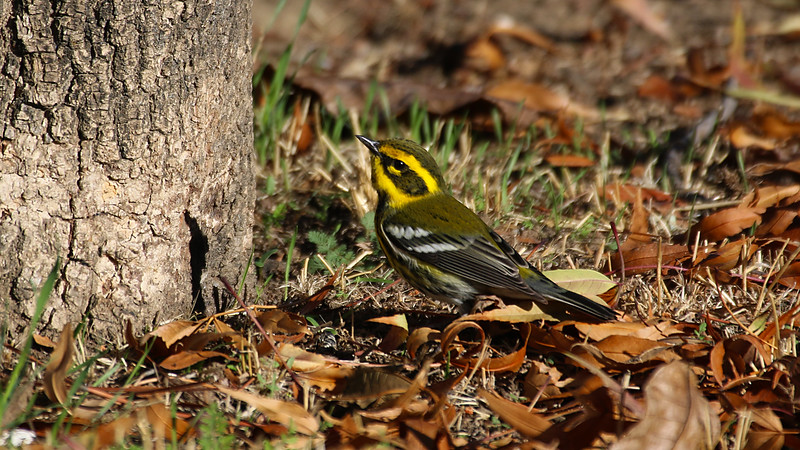
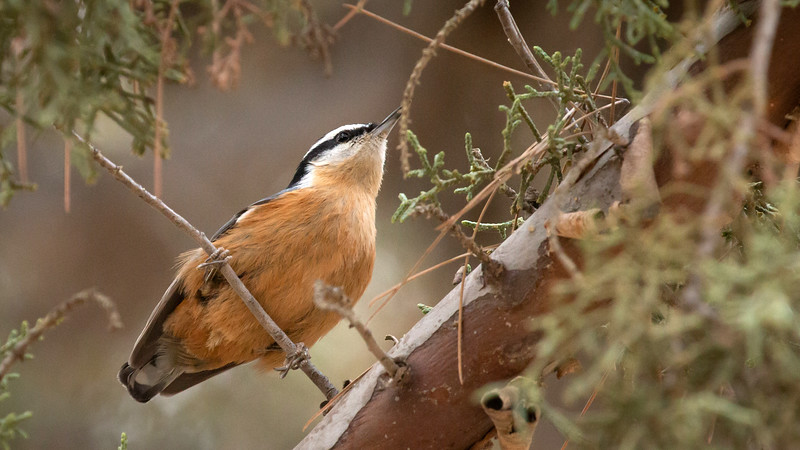
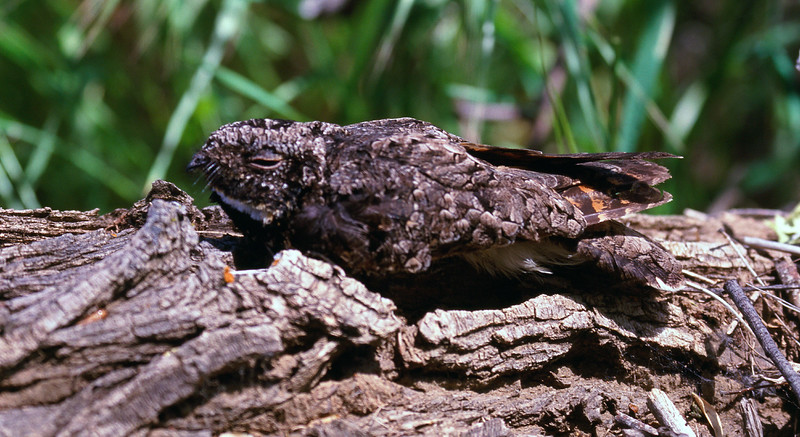
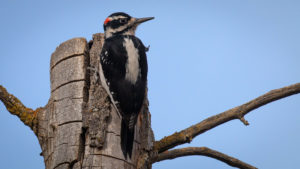
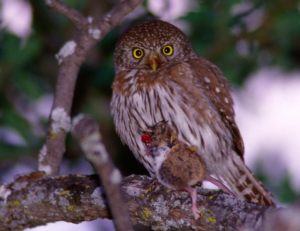
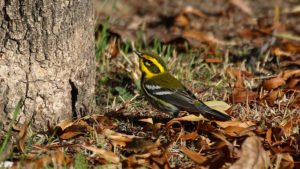
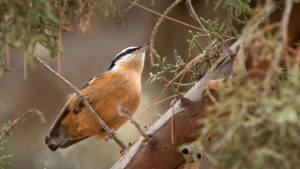
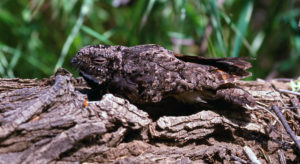
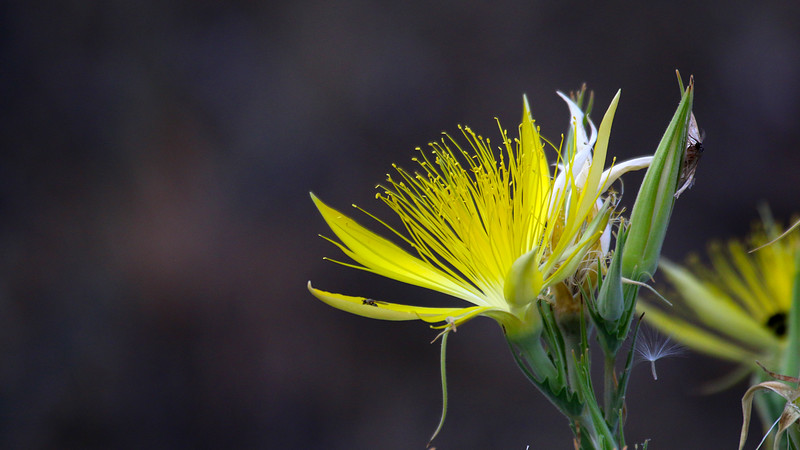
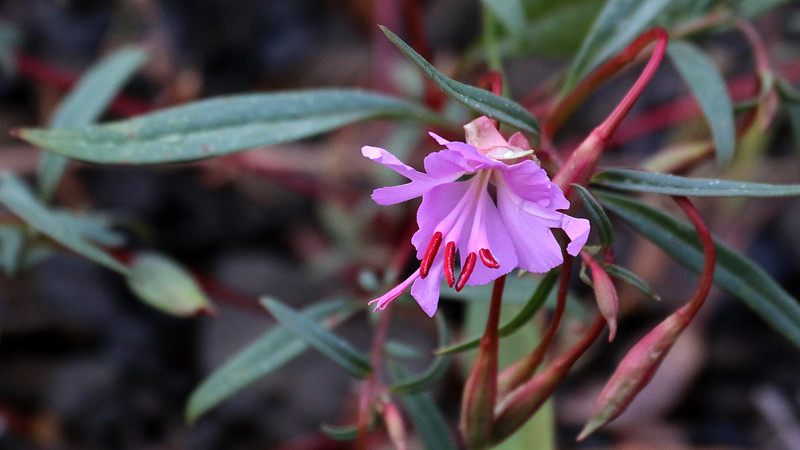
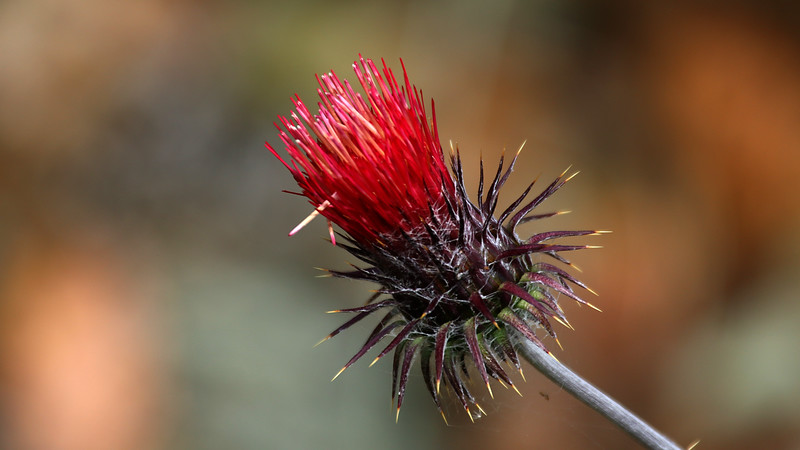
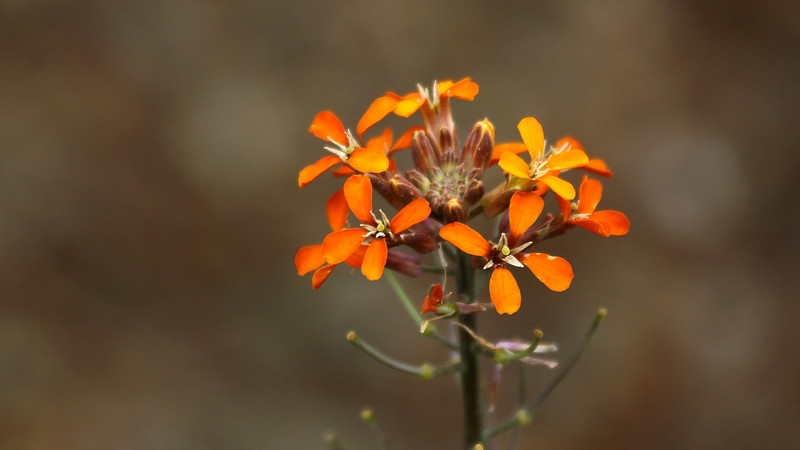
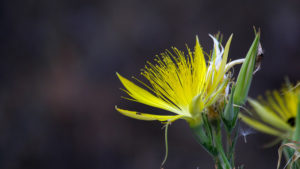
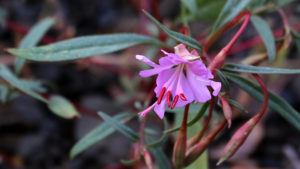
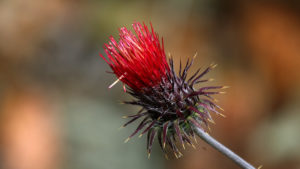
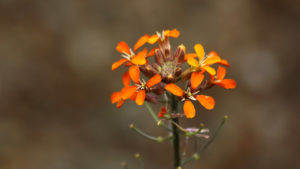
Thank you Jim Gain for sharing the lovely photos and your reasons for protecting the beautiful Del Puerto Canyon.
I have made several trips through the canyon over the years, the scenery is awesome!
A lovely drive we had last year after living in the area for 24 years. We were on our way to bring back the free spring water. Next week would be perfect to drive again. Thank you for the beautiful photos.
The proposed Del Puerto Canyon Reservoir Project dam if built will jeopardize the entire city of Patterson California if it were to fail/ break/ have a catastrophic failure during an earthquake. This proposed dam project needs to be moved to an alternative site that does not put Patterson California at risk !! Why should the residents of Patterson have there lives and homes put in harms way so private land owners can sell water to southern California?! Why should Patterson California residents lives & homes be put at risk, so some greedy farmers can sell almonds to China?! Heck, none of this water will even go to the city of Patterson. This is unacceptable! We demand that this project in it’s current form is halted, & moved to an alternative site in the EIR Report that does not put Patterson California in harm’s way! These landowners/ farmers will need to find a new location to store water that will not put the city of Patterson in jeopardy of being wiped off the map…
Click the link to see what could happen to Patterson California if the dam breaks…
https://makeameme.org/meme/del-puerto-canyon-ca4d442749?fbclid=IwAR38RXag5Mq_FTFEt4EdwJN51p8mLnTk3IgALHWzdNq-q-r-qXNoBOhUpJQ
THE DAM MUST BE MOVED!!!
The proposed Del Puerto Canyon Reservoir Dam Project can be built at an alternative site that does not put Patterson California in harm’s way, it will be a win for Patterson & a win for Farmers….
Click the link to see the available alternative sites listed in the Del Puerto Canyon Reservoir Project EIR Report…
https://makeameme.org/meme/the-dam-must
“Groups criticize Del Puerto Canyon Reservoir site, environmental report
On Monday, January 27, Friends of the River, Save Del Puerto Canyon, California Water Research, and environmental and fishing groups filed comments highly critical of the Del Puerto Canyon Reservoir proposed site and the project’s Draft Environmental Impact Report.”
“Friends of the River’s senior advocate, Ron Stork, joined Modesto area geologist Garry Hayes and geologist / environmental compliance expert, Dr. Tom Williams, in expressing concerns about the reservoir inundating an area with active landslides. Stork is widely recognized for warning the California Department of Water Resources of the potential failure modes of the Oroville dam emergency spillway.”
https://www.google.com/amp/s/cah2oresearch.com/2020/01/30/groups-criticize-del-puerto-canyon-reservoir-site-environmental-report/amp/
Click the link & sign the petition…
No Del Puerto Canyon Reservoir Project Dam…
https://actionnetwork.org/petitions/no-del-puerto-canyon-reservoir
1/21/2020 Patterson California City council meeting, packed house, residents address council (for over an hour) in opposition of the proposed Del Puerto Canyon Reservoir Project Dam… Click the link to see & hear for yourself…
https://vimeo.com/386406905?outro=1&ref=fb-share&fbclid=IwAR1m8VuIkMIssFk7T84dz_Zp6G9h5eZqqmupWhDkRbAvaekdUviK_WrjW7w
`All risks and no reward`: Patterson group fights back against proposed dam
Fox 40 news in Patterson California, MSN picks up story!
Click the link & watch the Fox 40 news Report…
https://www.msn.com/en-us/Weather/peopleandplaces/all-risks-and-no-reward-patterson-group-fights-back-against-proposed-dam/vi-BBZ4Q8G?ocid=sf2
Outstanding photos.,… really enjoyed them, Thanks!
In 2015 I drove up Del Puerto canyon road to take photos of the Amgen Tour bicycle race. About halfway up I tried my best to miss running over a ground squirrel that couldn’t decide which way to run. Unfortunately I ran over the little fellow. On the return trip downhill I reached the spot where the flattened squirrel laid and there was a huge black bird in the roadway picking at the remains. I slowed down and when the bird spread his wings I realized that this was no Turkey Vulture, it started to take flight but it was like a 747 taking off with a huge wingspan its wings moving slowly as it lifted off. It was then that I realized this was a California Condor. It was exciting to see one in the wild gratifying to know they lived in this part of California. I am thinking that the building of the dam could only harm the chances of the Condors being successful in this part of California.